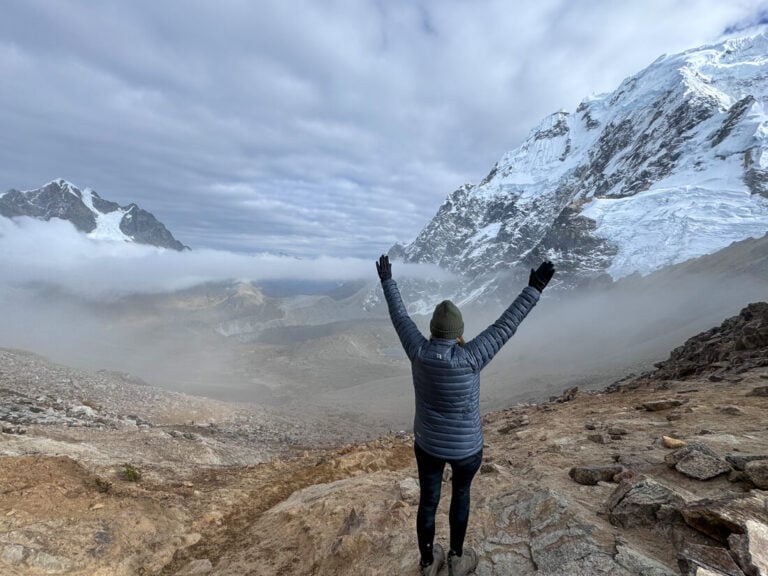Is Peru Hop Worth It? My Honest Thoughts and Experience
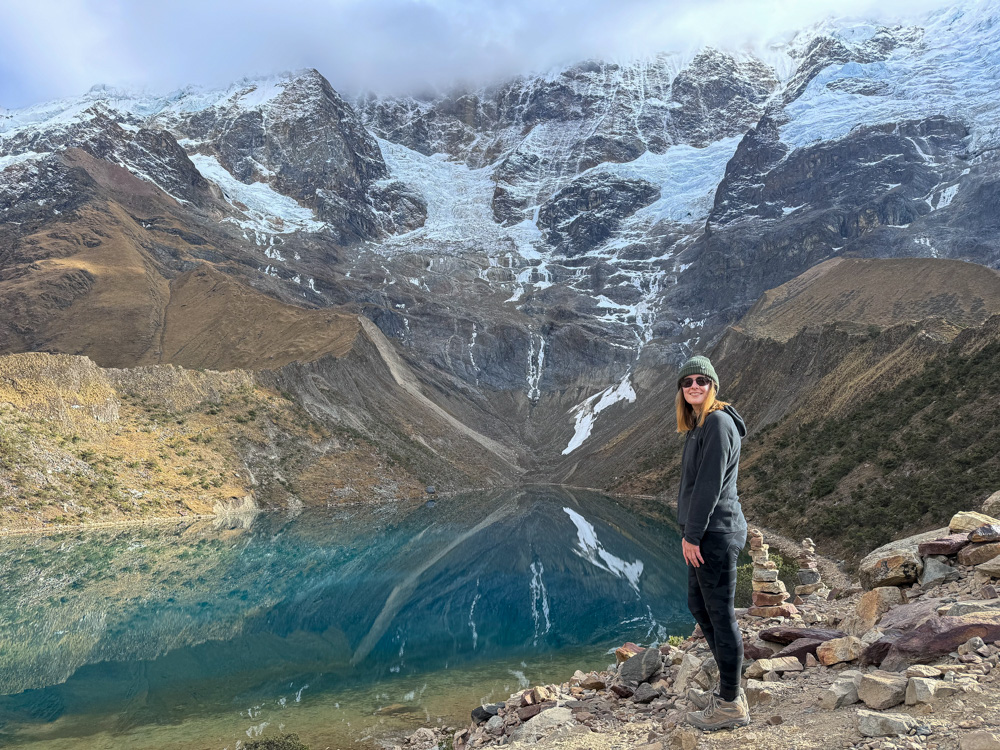
2025 Update: Peru Hop has recently rebranded to “Bus Hop“. I’ve kept the original name in the text below for now.
Wondering whether Peru Hop is right for you? Planning a trip to South America can be a daunting experience, and Peru Hop is a great option when it comes to easing those fears. This popular hop-on, hop-off bus service has several routes around Peru, as well as sister companies in both Bolivia and Ecuador.
While it offers an excellent service, it comes with a high price tag and can feel a little ‘touristy’, so it’s reasonable to question whether it’s the best way to explore Peru. In this post, I’ve shared my honest Peru Hop review, as well as all the pros and cons around using the service.
Disclaimer: This post contains my opinions about Peru Hop based on my own personal experience. They are in no way an overall representation of the Peru Hop service, and the review should be treated as any other online review. I encourage anyone reading this post to do further research to decide if the Peru Hop service is right for them.
What is Peru Hop?
Peru is growing in popularity, especially when it comes to backpacking. However, South America as a whole isn’t exactly known for its reliable and safe bus transport, which is where Peru (and Bolivia) Hop comes in.
This hop-on, hop-off bus service has a fixed route between Lima and La Paz (in Bolivia), with the option to include Cusco and Arequipa. The main stops include Lima, Paracas, Huacachina, Nazca, Arequipa, Puno and Cusco. For those exploring both Peru and Bolivia, you can add on the border crossing and continue on to Copacabana and La Paz. There is also a sister company in Ecuador.
While the route itself is fixed, the time isn’t. After activating your pass, you have exactly twelve months to use the ticket (check the latest information on the website to ensure this is still the case). This means you can spend as little or as long as you’d like in each destination, with daily buses on most of the routes.

The website and app also have suggested itineraries for those who have a set amount of time. But for those who prefer to do their own thing, Peru Hop gives you the flexibility to build your own itinerary around its route.
In terms of the Peru Hop passengers, it’s a tourist service so you’ll be riding with like-minded travellers. I assumed Peru Hop would be popular with young backpackers, but was surprised to see travellers of all ages using the service.
The service also offers free tours and exclusive discounts at partner hotels and tour agencies.
Most of their routes seem to involve an overnight bus, but this is the case for most bus services in Peru. It means you can save money on accommodation and sleep through long journeys.
Check out the official website for further details.
The pros of Peru Hop
Pre-planned itinerary
Each Peru Hop ticket comes with a fixed route. While this might not be ideal for everyone, it does mean the basis of your itinerary is planned out for you. Peru Hop is a great option for those who don’t have time to plan their trip or simply want someone else to do it for them.
The website even comes with a suggested itinerary with all the top things to do in each location as well as the latest bus times and information.
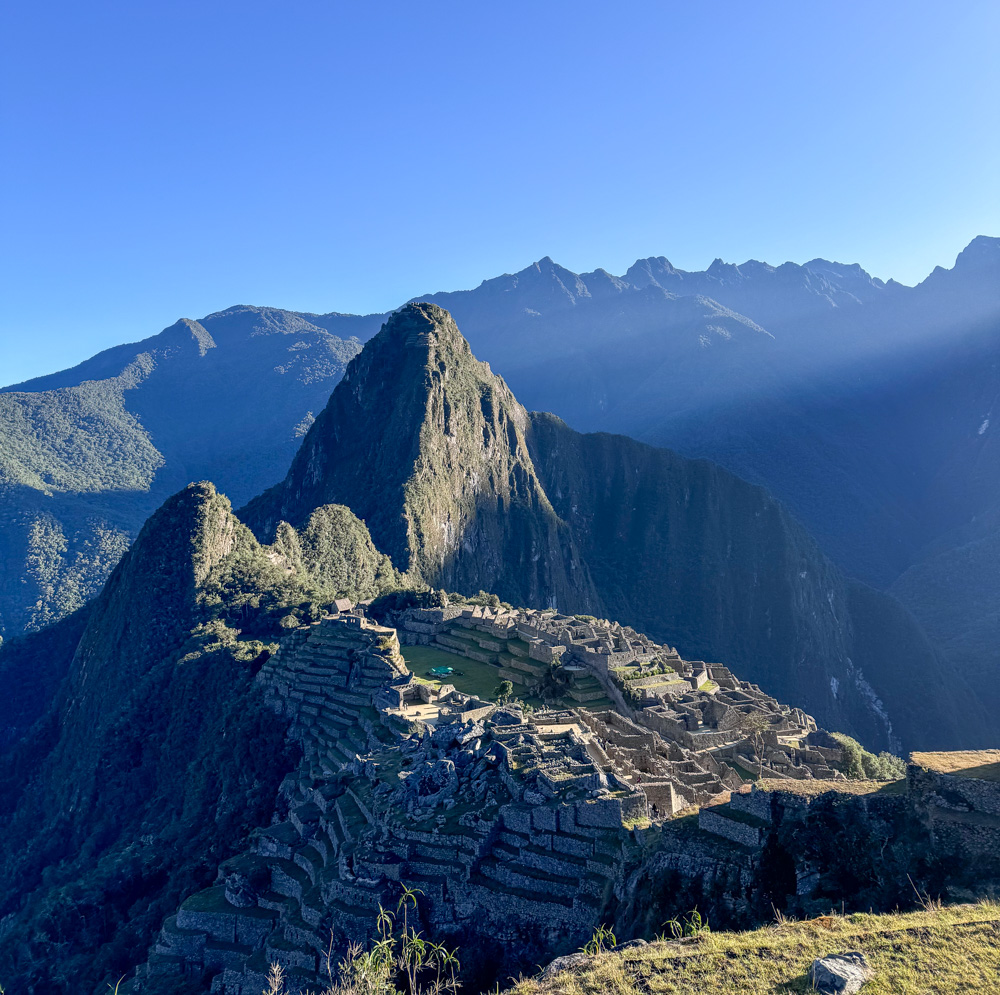
You set the pace
The idea of Peru Hop is a hop-on, hop-off bus service, so you can spend as long or as little in each destination as your heart desires. While the route is fixed, you don’t need to stick to the suggested times spent in each place.
Helpful guides
The guides on my Peru Hop buses were the best part of my experience. Each bus has an English-speaking guide.
They were incredibly helpful and made sure everyone had everything that they needed.
Easy to meet other backpackers
Peru Hop is a fantastic and easy way to meet other backpackers, especially solo travelers. I met several friends on the buses, some who I ended up travelling with for a while.
Of course, you can also meet people on regular buses (which happened to me, and I ended up planning a multi-day hike with someone). I was never the only solo traveller on any of my buses around Peru. But Peru Hop does seem to be an easy way to meet like-minded travellers.

Staff can book your day trips
If you want a stress-free holiday with everything planned for you (without the high cost of a group tour), Peru Hop is a fantastic option. On each of my buses, the Peru Hop guide would see if anyone needed any activities booked for them. This includes visiting the likes of Rainbow Mountain, Machu Picchu and the beautiful Colca Canyon.
I’m an independent traveller and would rather book everything myself, but it’s a great option for those who would prefer someone to do it for them.
Be aware that if you want to hike the Inca Trail, you must book this well in advance.
Note: I noticed some of the prices seemed higher when booking through Peru Hop. This is fair enough when someone is booking on your behalf, but it’s something to be aware of.

It includes transfers (sometimes)
One of the most stressful parts of solo travel for me is navigating bus stations. It sounds silly, I know! But bus stations can be overwhelming, especially the chaotic ones of South America.
Peru Hop and Bolivia Hop sometimes include transfers to and from your hostel. This means you don’t need to worry about getting to a station and finding the right bus. It’s worth pointing out that not all routes include this, and you will sometimes need to make your own way to the bus.
My hotel pick-up in La Paz was great, but the same can’t be said for my transfer in Cusco. Our bus arrived into the city at 5 am, and I was still waiting for my shuttle bus at 6 am. I’d have rather have paid less for the bus and sorted a taxi myself. I did speak to Peru Hop about this, and they said they are already in conversations with their supplier about it.
There’s great communication
Peru Hop has a great customer service team. You can contact them through WhatsApp 24 hours a day. This means you can easily reach them if you have any problems or queries or want to double-check anything.
This was especially helpful when I was due to travel on a day with nationwide roadblocks. They responded very quickly with the exact information I needed. The Peru Hop staff really are fantastic.
Good for less confident travellers
Peru Hop is great if you’re not fully confident about navigating Peru or Bolivia alone (and who can blame you). You’ll have a planned itinerary and guides who can answer your questions and book activities. You’ll also no doubt meet other solo travellers.
It includes free stops (sort of)
Peru Hop includes a few “free stops” on their routes (depending on your itinerary). For example, if you’re travelling between Huacachina and Arequipa and don’t plan to spend any time in Nazca, you’ll still be able to visit the Nazca Lines Viewing Tower for free.
I heard mixed reviews about the free stops, with some backpackers saying they take you to places where you’ll be approached by locals to buy things (which, to be fair, is true for most tourist attractions in Peru). I also heard the included Pisco Vineyard Tour in Ica isn’t great, and there are much better vineyards out there.
The other downside to the free stops is the added journey time. This will undoubtedly be frustrating if you just want to reach your next destination. I know a few people opted to avoid Bolivia Hop when crossing into Peru (and vice versa), as they didn’t want to spend time sitting around in Copacabana waiting for the bus (the bus takes you to Copacabana for the day before continuing on to Bolivia). However, it’s a great way to see Lake Titicaca and Isla del Sol if you’re short on time.

The cons of Peru Hop
It’s a set route and doesn’t include some areas
Peru Hop has a fixed route mainly focusing on the South of Peru, including Paracas, Arequipa, Cusco, and Puno. This makes sense as it covers all the top tourist destinations in Peru, but there is so much more to Peru than this.
If you enjoy hiking, Huaraz (in the north of Peru) is a great addition to your Peru itinerary. It’s known to have some of the best hikes in the world, including Laguna 69 and the famous Huayhuash Trek. For those looking to visit the Amazon on a budget, you might want to add Tambopata to your itinerary. There are also the beaches of the north, including the party town of Mancora.
If you’re keen to get off the beaten path, Peru Hop isn’t the best option.
The hostel and food recommendations are bad
Peru and Bolivia Hop will give you recommendations (and sometimes discounts) for hostels. Please always check the reviews on Google first. Some of the accommodations I saw recommended were not of a high standard and had really bad reviews.
Some journeys also include a lunch or dinner stop, and Peru Hop will pass around a menu so you can pre-order. While this may seem convenient, I’d really suggest checking the restaurant’s reviews. The ones we were taken to were all poorly reviewed, with some even questioning the hygiene. It’s easy enough to go off and find your own food; just make sure you know where the meeting point is.

It’s expensive
Using Peru Hop isn’t the most economical way to get around Peru. I worked out the cost of using public buses with trusted companies (such as Cruz del Sur) compared to Peru Hop, and the regular buses worked out a lot cheaper.
Of course, Peru Hop includes a lot more, such as English guides and 24/7 customer support, so it’s fair that they charge more money. However, if you’re on a budget, consider whether the extra cost is worth it.
Not all the buses are as the website described
The biggest shock I got when using Peru and Bolivia Hop was that the buses were not always as described on their website. The ones I used were cramped, old and very uncomfortable. In fact, they were the most uncomfortable overnight buses I used on all of my travels around South America (and I don’t say that lightly).
The seats were incredibly uncomfortable. They barely reclined and didn’t have the padding as described on their website. The downstairs seats seemed better on some of the buses, so try to get a seat there if you can. The upstairs also had four seats in each row rather than three, which is what most other companies do.

I don’t expect luxury when using overnight buses by any means. But when you’re paying a premium, I think it’s fair to expect the basics. And honestly, the Cruz del Sur, Civa, and Julio Cesar buses were so, soo, so much more comfortable.
Other travellers said this was the case for most of their buses around Peru. However, I occasionally met the odd person who had a better bus with better seats and even curtains between them and the person next to them. So I guess it’s just luck of the draw as to which bus you get!
The times aren’t flexible
Most of the routes on Peru Hop only operate once per day, which means you cannot choose a time that suits you. While most bus companies in Peru stick to overnight buses, there are usually different times to choose from.
For example, Cruz del Sur offers several services daily between Cusco and Arequipa. These include a day bus and several overnight buses leaving at different times.
It can often sell out
One of the great things about Peru Hop is its flexibility. If you like where you are, you can change your bus to stay for a few extra days. Likewise, if you don’t like your destination, you can move on quicker than planned.
However, all of this depends on the availability of the buses. While in Peru, I met several people struggling to change their Peru Hop buses due to a lack of availability. This was especially true for the routes involving Cusco. I was in Peru during the peak season, so I’m sure this isn’t the case all year round.
Of course, other bus companies can also sell out, but Peru Hop charges a premium for this flexibility, so it’s frustrating when it’s not possible.
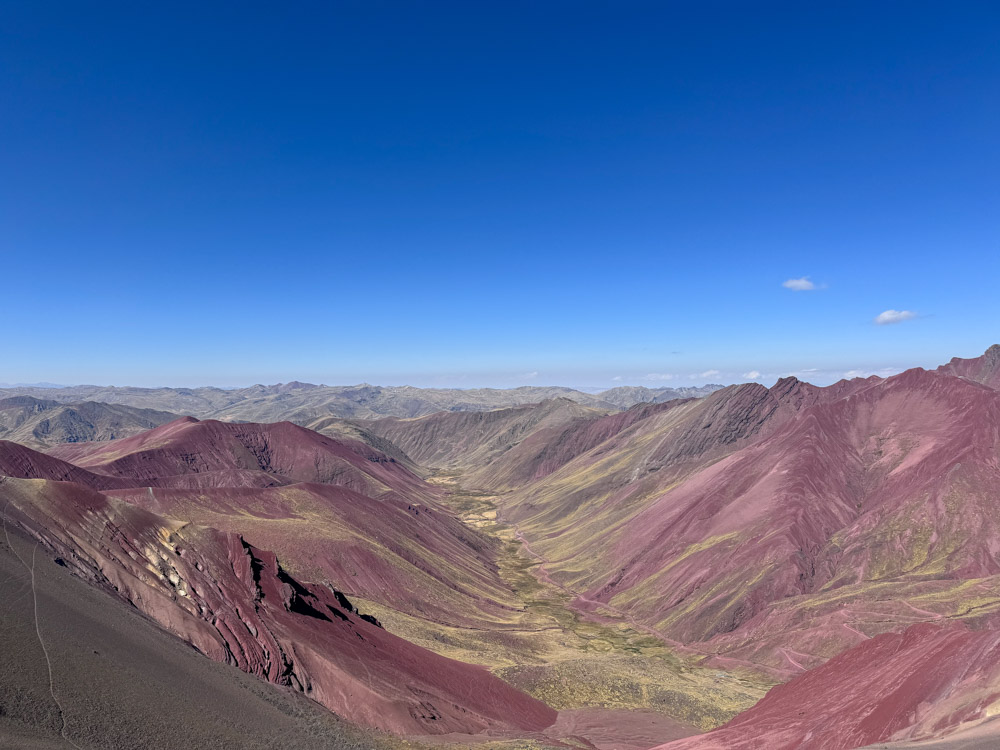
It feels touristy
I’m an independent traveller (aside from the occasional group trip), and Peru Hop felt a little bit like a school trip. We were constantly being given instructions, told where we should eat and encouraged to book activities through the guides.
This felt a bit too much for me, and I just wanted to get to my destination. But I knew what I was signing up for, so I can’t complain. However, I think it’s worth pointing out as I’m sure this won’t be for everyone.
Are public buses in Peru really that bad?
It’s almost impossible to backpack in South America without using the extensive bus network. However, the buses don’t exactly have the best reputation. From dangerous driving to delays, reading a few reviews online would be enough to put anyone off using a bus in South America, especially in Bolivia and Peru.

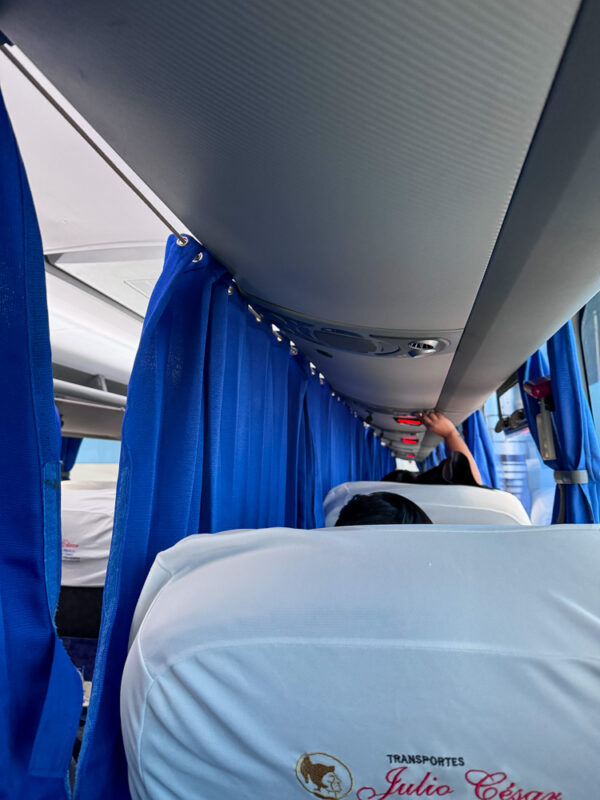
I’ve taken day and overnight buses in several South American countries including Chile, Argentina, Bolivia, Peru and Ecuador. And honestly, they’re not that bad. Choosing the right company is important, but overall, bus safety has come a long way in recent years. Again, make sure to choose a reputable company.
One thing that surprised me about the buses in Peru was the bus stations. In most cases, each company has its own bus station in each city it operates. This means you don’t need to wander around a huge bus station looking for the right bus. You turn up, check in your luggage, and wait for your bus to be called. I used several bus companies, and each station was clean, felt safe, and even had free toilets.
You can book your tickets through Bus Bud, and in most cases, the e-ticket is enough to board the bus. You normally don’t need to check in and get a physical ticket, unlike in Bolivia (but it’s worth double-checking).
In terms of the buses themselves, I never had any issues (other than my Peru Hop bus – the irony). You can normally select your seat in advance, and most of the overnight buses only have three seats per row, meaning wider seats and more space than Peru Hop. The seats were very comfortable and many even came with blankets and privacy curtains.
I also never had issues with the drivers. I always felt safe, even when driving across some precarious mountain roads. Of course, this is just based on my experience. I am sure there are people out there who didn’t have as great experiences as me. But, overall, I was pleasantly surprised by the buses in both Bolivia and Peru.
One of the biggest fears for most about using buses in Peru is theft and crime. It’s not uncommon for items to go missing on these types of buses, but I didn’t hear about any instances of this. Your main luggage is checked in, and you need to provide a receipt in order to get it back. In terms of inside the bus, it’s important to keep your valuables close to you and out of sight.

Summary: Is it worth it?
I always like to be honest in my reviews and recommendations, and I don’t personally believe Peru Hop is right for everyone. If you’ve travelled solo before, or are confident about using buses and organising your own transport, there’s no need to pay extra money for Peru Hop.
I can’t say I was overly blown away by my experience with Peru Hop. The buses were not of the same quality as other companies like Cruz del Sur, I found the route and itinerary quite restrictive, and it was a little too touristy for my liking. For me, it was not worth the money and I’m happy I only opted to do part of my journey with them.
Having said that, Peru Hop does have a lot of benefits. It’s a great choice for some people, especially first-time solo travellers or people nervous about backpacking in Peru. It’s also the best option for those who don’t have the time to plan their trip fully.
Only you can decide which category you fall into.
Peru Hop is for you if …
- You’re a little nervous about travelling entirely solo
- You’re worried about using buses in Peru
- You don’t have time to properly plan your trip
- You want a set itinerary and route, with some flexibility on timings
- You want someone to book all of your activities for you
Peru Hop isn’t for you if…
- You want to save money where you can
- You’re an independent traveller
- You don’t like tour groups (Peru Hop isn’t a tour group, but it feels like it at times)
- You’ve travelled solo and used public transport before
- You want to visit places not included on their routes
Overall, Peru Hop offers a fantastic service, but it’s not right for everyone.




